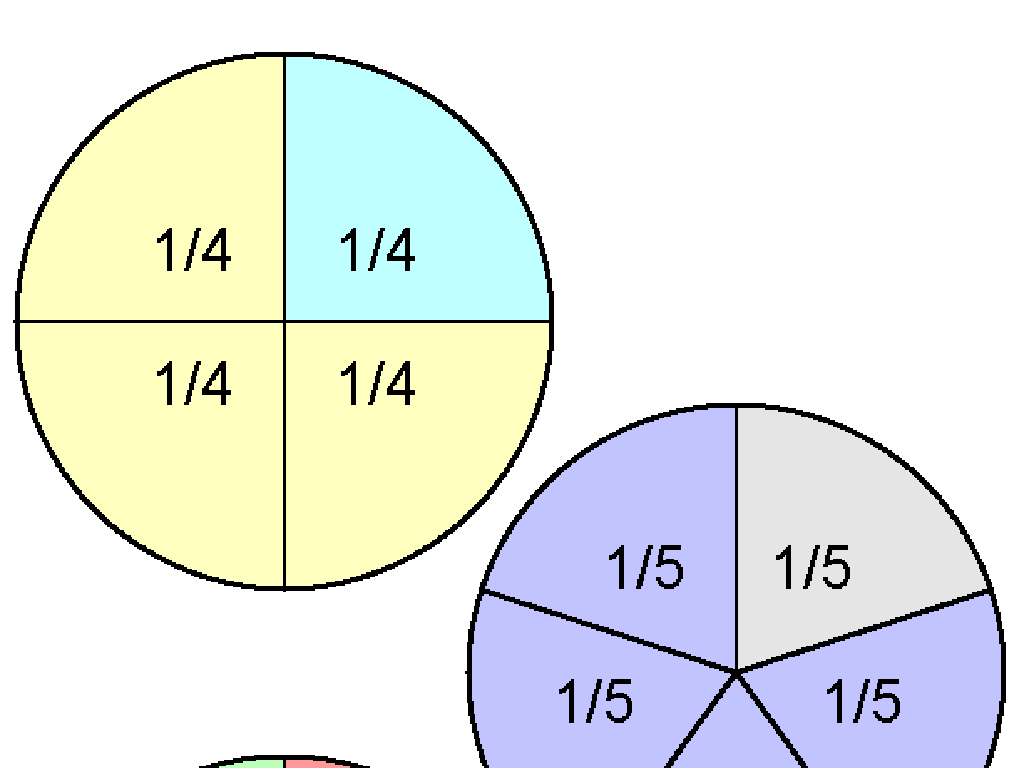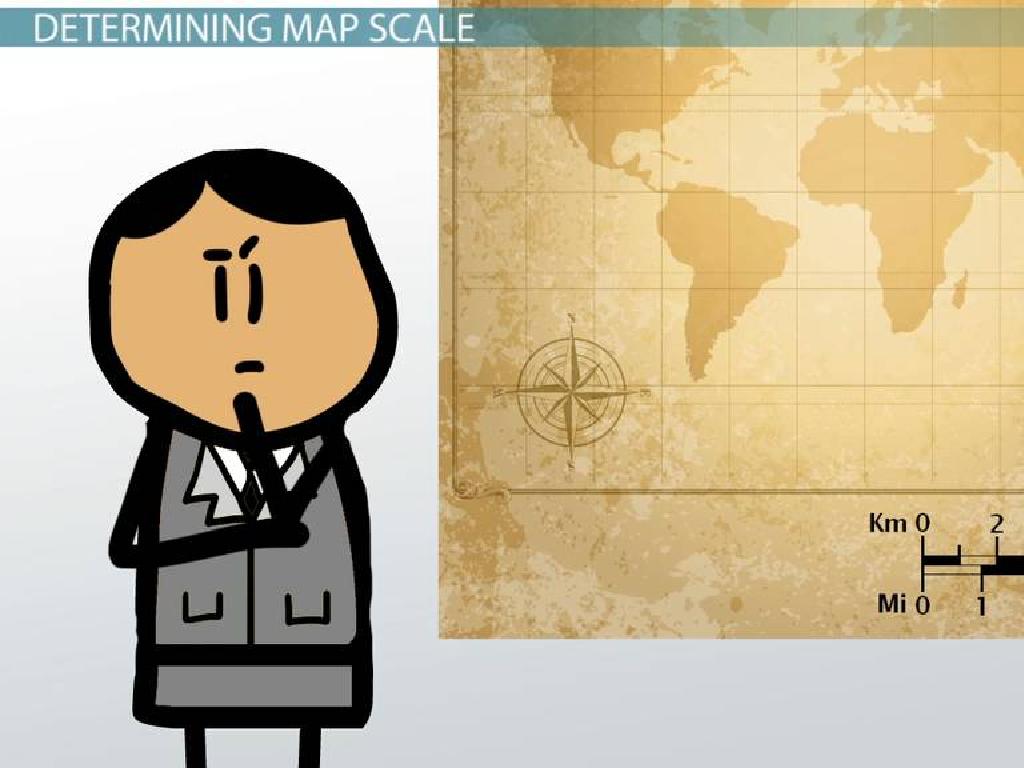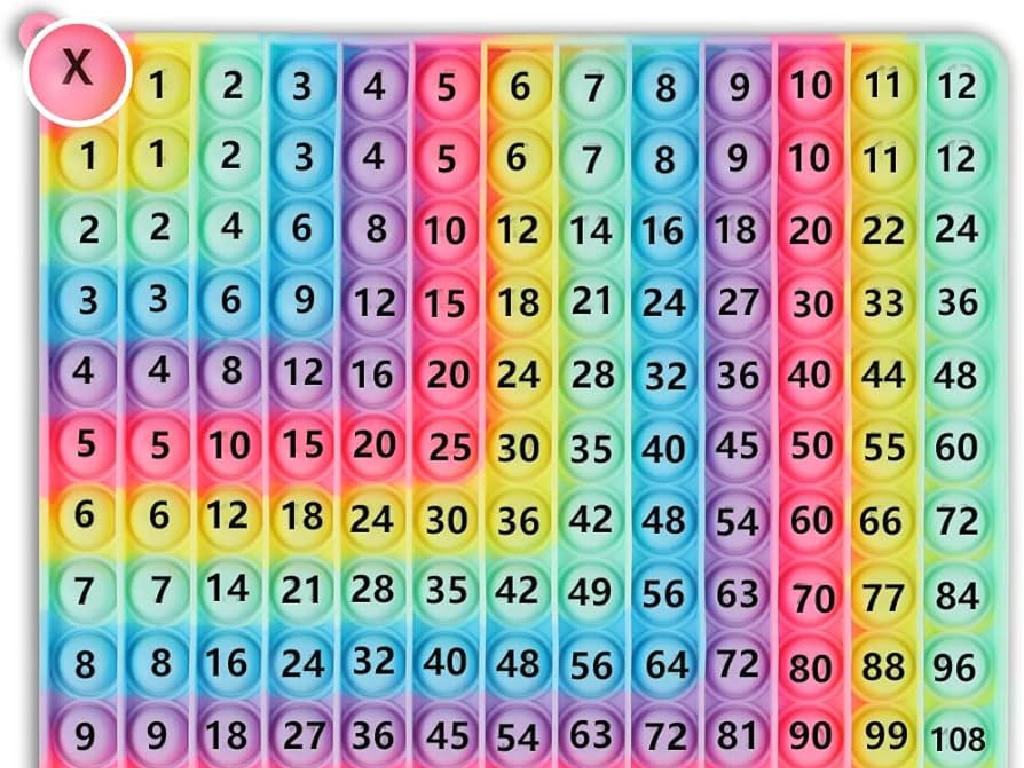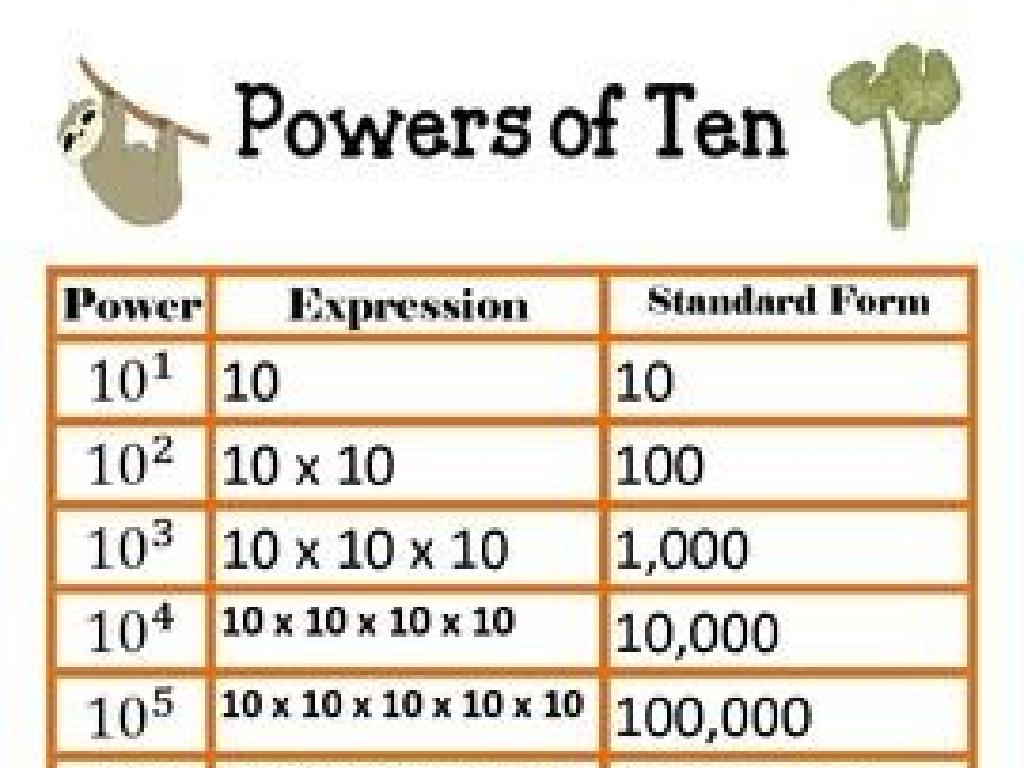Identify Adjectives
Subject: Language arts
Grade: Third grade
Topic: Adjectives And Adverbs
Please LOG IN to download the presentation. Access is available to registered users only.
View More Content
Welcome to Adjectives!
– Discovering adjectives
– What are adjectives?
– Words that describe nouns, like ‘soft’ or ‘red’
– The role of adjectives
– They make our sentences more interesting
– Describing our world
– Use adjectives to tell more about objects
|
This slide introduces the concept of adjectives to third-grade students. Begin by explaining that adjectives are words used to describe nouns, which can be things, people, or places. Emphasize the importance of adjectives in making our sentences more vivid and interesting by providing specific details. For example, instead of saying ‘the cat,’ we can say ‘the fluffy cat’ to give a clearer picture. Encourage students to think of adjectives as the coloring tools that add detail and depth to their descriptions of the world around them. Plan to have interactive activities where students can practice identifying adjectives in sentences and using them to describe objects in the classroom.
What is an Adjective?
– Adjectives describe nouns
– Like ‘blue car’ or ‘tall tree’
– They give more details
– They tell us size, color, or how many
– Examples: ‘big’, ‘colorful’
– ‘Big’ elephant, ‘colorful’ flowers
– ‘Quiet’ and ‘happy’ are adjectives too
– ‘Quiet’ room, ‘happy’ puppy
|
This slide introduces the concept of adjectives to third-grade students. An adjective is a part of speech that modifies and gives more information about a noun, which can be a person, place, thing, or idea. When teaching this slide, emphasize that adjectives can describe various aspects such as size (‘big’), color (‘colorful’), sound (‘quiet’), and emotion (‘happy’). Provide examples that are relatable to the students, such as objects in the classroom or their emotions. Encourage the students to come up with their own examples of adjectives and use them in sentences to describe nouns around them. This will help solidify their understanding of how adjectives function within language.
Finding Adjectives in Sentences
– Adjectives describe WHAT kind
– What kind of tree? A ‘tall’ tree.
– They specify WHICH one
– Which leaves? The ‘green’ leaves.
– They tell us HOW many
– How many? This can be numbers or words like ‘some’, ‘many’.
– Practice with an example sentence
|
This slide is aimed at helping third-grade students understand the role of adjectives in sentences. Adjectives are words that describe nouns and can tell us more about the kind of thing we’re talking about, which specific one it is, and how many there are. Use the example sentence to show how ‘tall’ describes what kind of tree and ‘green’ describes which leaves. Encourage students to find adjectives in their favorite books or sentences you provide. Have them underline or write out the adjectives they find and discuss what questions the adjectives answer: what kind, which one, or how many.
Adjectives in Our Classroom
– Explore our classroom
– Find objects to describe
– Use adjectives for description
– Adjectives like ‘big’, ‘colorful’, or ‘shiny’
– Example: ’round’, ‘red’ ball
– ‘Round’ tells us the shape, ‘red’ tells us the color
|
This slide is designed to engage students in a practical activity that helps them understand and identify adjectives within their immediate environment. Encourage the students to look around the classroom and pick out various objects they can see. Then, ask them to describe these objects using adjectives, which are words that tell us more about a noun. For example, if a student chooses a ball, they might describe it as ’round’ to depict its shape and ‘red’ to describe its color. This activity will help them grasp the concept of adjectives as descriptive words that give more information about the properties of a noun. Prepare to facilitate the activity by guiding them through examples and ensuring each student participates and understands the concept of adjectives.
Comparing with Adjectives
– Adjectives describe things
– Some adjectives compare two things
– They tell us which one has more of something
– Words like ‘bigger’, ‘smaller’
– ‘Faster’, ‘slower’ are also comparing adjectives
– Example: Cheetah vs. Turtle
– A cheetah is ‘faster’ than a turtle
|
This slide introduces the concept of comparative adjectives to the students. Adjectives are words that describe nouns, and some adjectives are special because they can compare two things. These comparing adjectives often end in ‘-er’ and are used to show which one of the two has more of a particular quality. For example, ‘bigger’ and ‘smaller’ compare size, while ‘faster’ and ‘slower’ compare speed. Use the example of a cheetah and a turtle to illustrate how ‘faster’ is used because a cheetah moves at a higher speed than a turtle. Encourage students to think of other examples of things they can compare using adjectives.
Adjectives in Books
– Authors paint with adjectives
– Adjectives are like colors in a painting, making images vivid.
– Read a story to spot adjectives
– As we read, let’s highlight the adjectives we find.
– Find adjectives in our book
– Look for describing words that tell us more about nouns.
– Discuss adjectives’ visual power
– How do these words help us see the story in our minds?
|
This slide aims to teach students how adjectives enhance the imagery of a story, making it more vivid and engaging. Start by explaining that adjectives are words that describe nouns, much like colors add detail to a painting. During the reading activity, guide students to identify and highlight adjectives within the text. Encourage them to consider how these descriptive words contribute to their mental images of the story. After identifying the adjectives, lead a discussion on how different adjectives can change the picture in our minds and why authors choose specific adjectives to convey certain feelings or scenes. This will help students appreciate the role of adjectives in literature and improve their descriptive writing skills.
Your Turn: Crafting Sentences with Adjectives
– Create sentences with adjectives
– Describe your favorite animal
– Use words like ‘fluffy’, ‘spotted’, ‘majestic’ to describe
– Use adjectives for your favorite place
– Words like ‘peaceful’, ‘sunny’, ‘enormous’ can paint a picture
– Share with the class!
|
This activity slide encourages students to apply their knowledge of adjectives by creating their own sentences. They should focus on describing their favorite animal or place with vivid adjectives that give detail and create a clear image in the listener’s mind. For example, ‘The fluffy, white bunny hopped across the green, sprawling meadow.’ or ‘My peaceful, sunny hometown is surrounded by huge, towering mountains.’ Encourage creativity and sharing, as this will help students learn from each other’s use of descriptive language. Provide guidance on sentence structure and offer praise for unique adjective use. This exercise will help solidify their understanding of adjectives and enhance their descriptive writing skills.
Class Activity: Adjective Hunt
– Explore school on an adjective hunt
– Choose objects and describe with adjectives
– Find words like ‘shiny’, ‘soft’, or ‘loud’ for objects
– Work in pairs for the hunt
– Share your adjective list with the class
|
This interactive activity is designed to help students understand and identify adjectives by using their surroundings. Instruct the students to walk around the school in pairs and pick out various objects they can describe. They should then write down three adjectives for each object they select. Encourage them to think about size, color, shape, and other qualities. After the hunt, each pair will present their list of objects and adjectives to the class, fostering a collaborative learning environment. Possible objects could be a ‘red, round, bouncy ball’ or a ‘blue, cold, metal chair’. This activity will help students to recognize adjectives in everyday contexts and understand their role in providing details in sentences.
Celebrating Adjectives
– Congratulations on learning adjectives!
– Adjectives add spice to descriptions
– They describe nouns, like ‘shiny apple’ or ‘loud music’
– Practice makes perfect
– Keep finding new adjectives to describe objects around you
– Use adjectives every day
– Try using a new adjective in your conversations
|
This slide wraps up the lesson on adjectives, reinforcing the importance of adjectives in language. Adjectives are the words that modify nouns and pronouns, primarily by describing a particular quality of the word they are modifying. As students continue to practice, they should be encouraged to incorporate adjectives into their daily vocabulary to enhance their descriptive language. Regular use of adjectives can make conversations and writing more vivid and precise. Encourage students to be observant of their surroundings and think creatively about how to describe objects, people, and experiences with adjectives.






